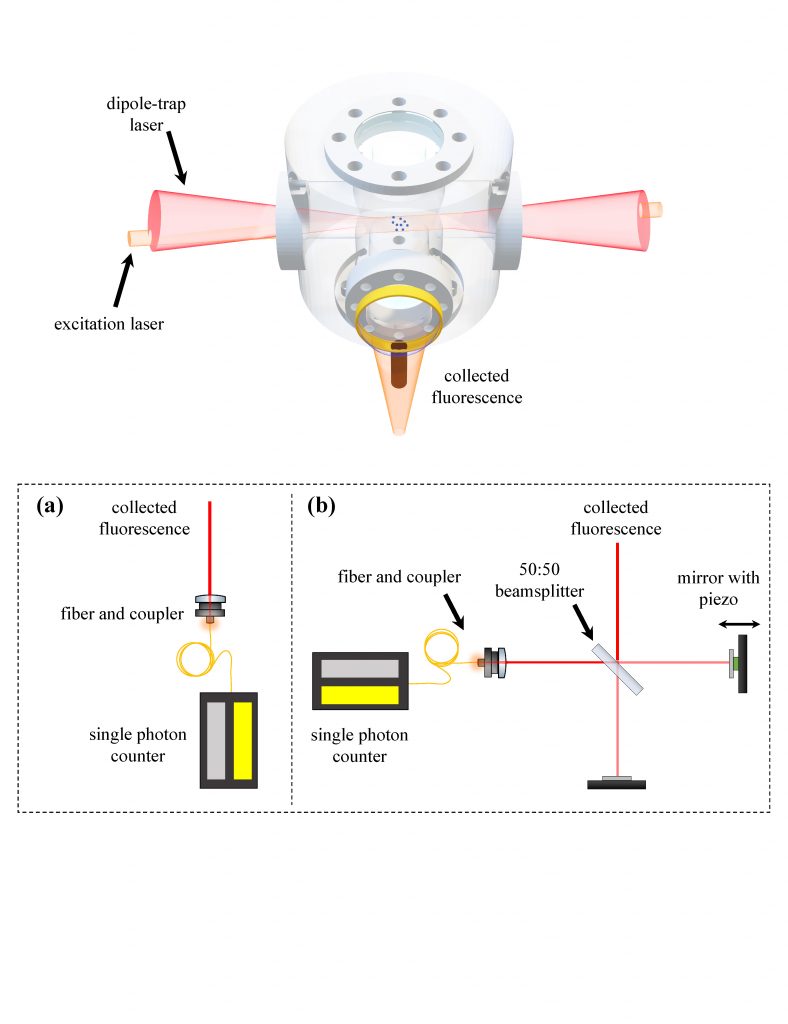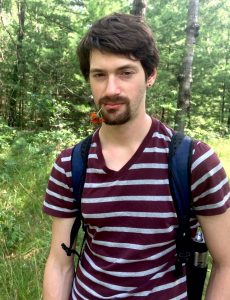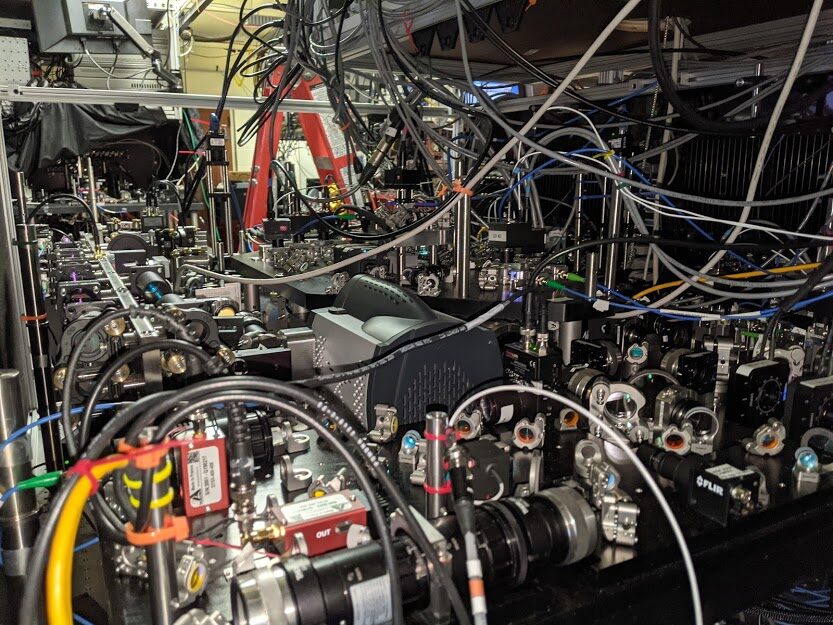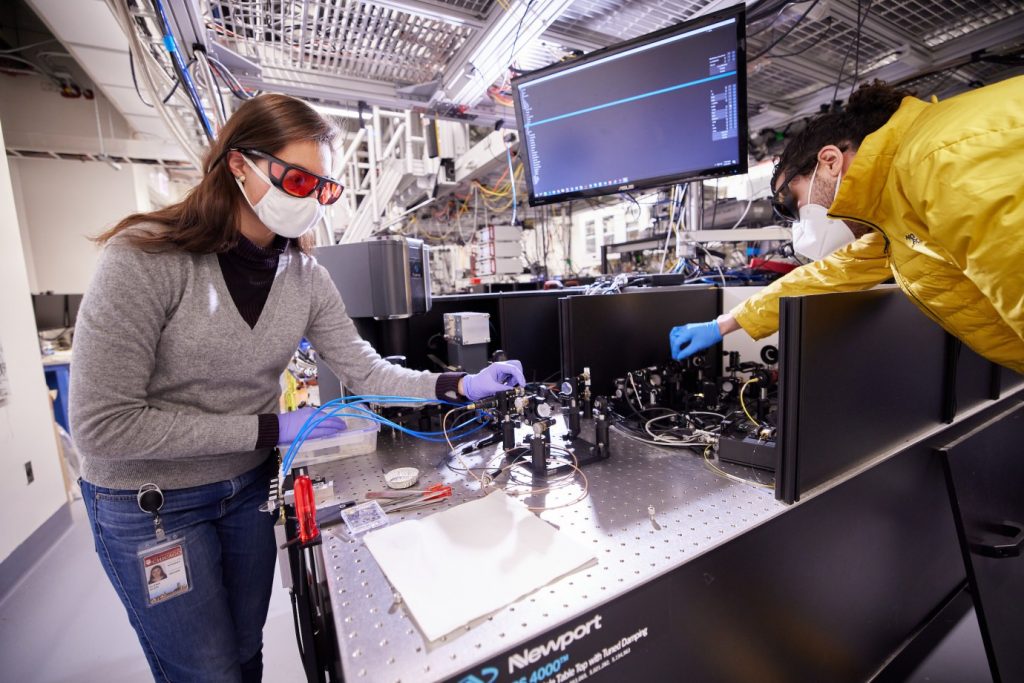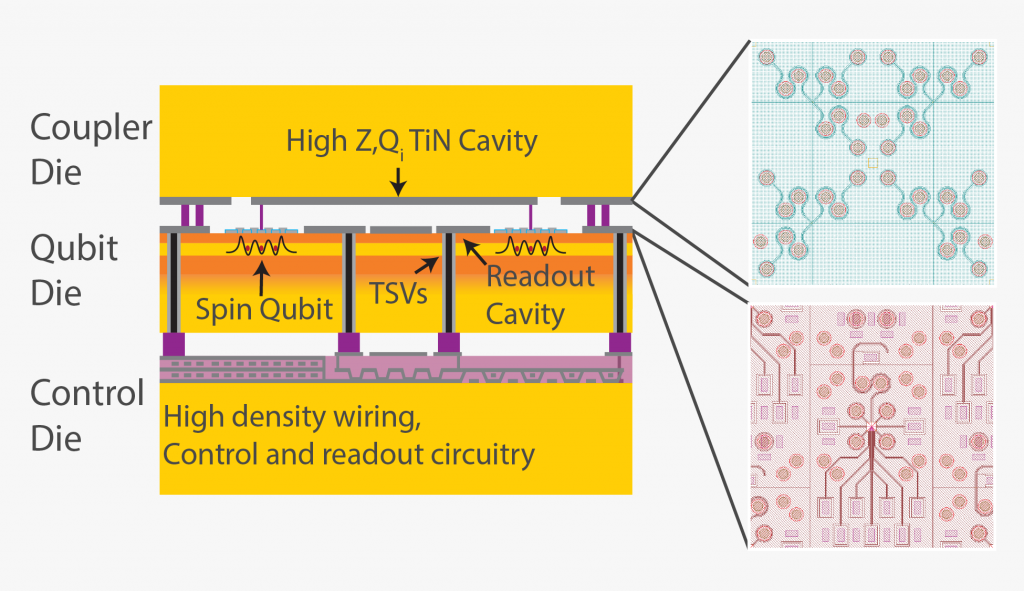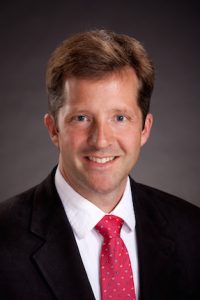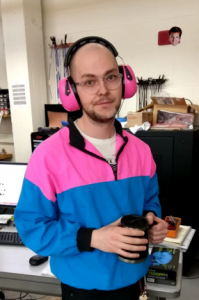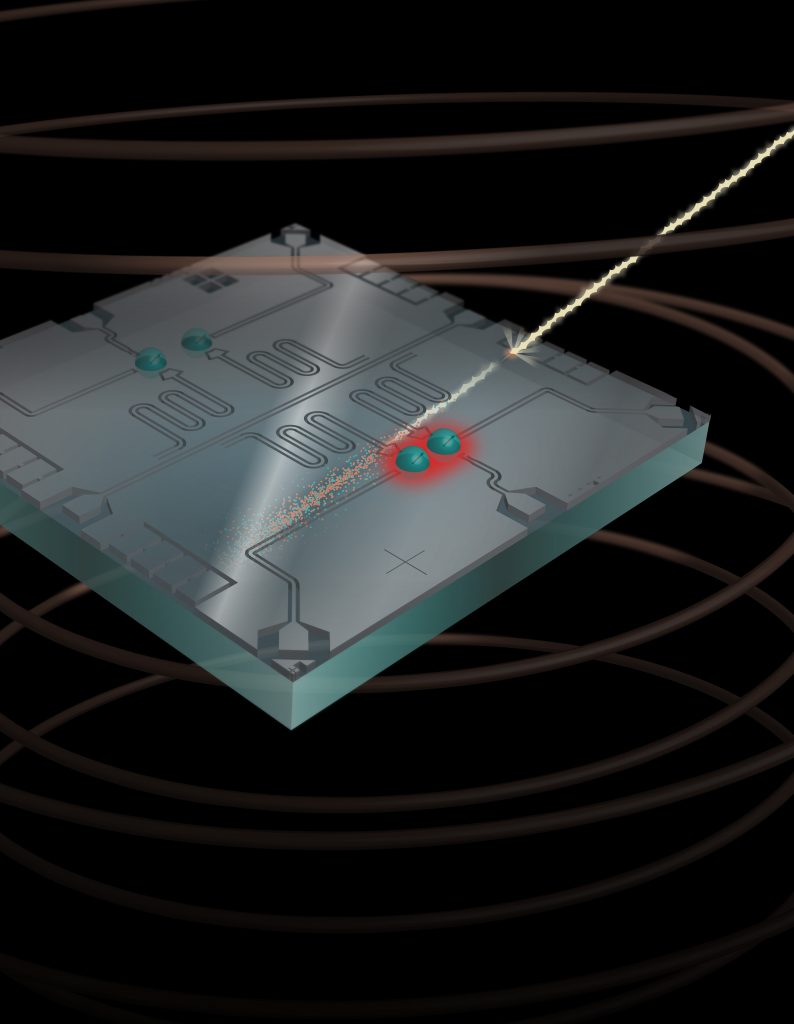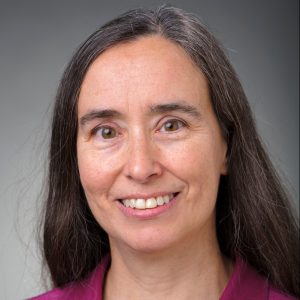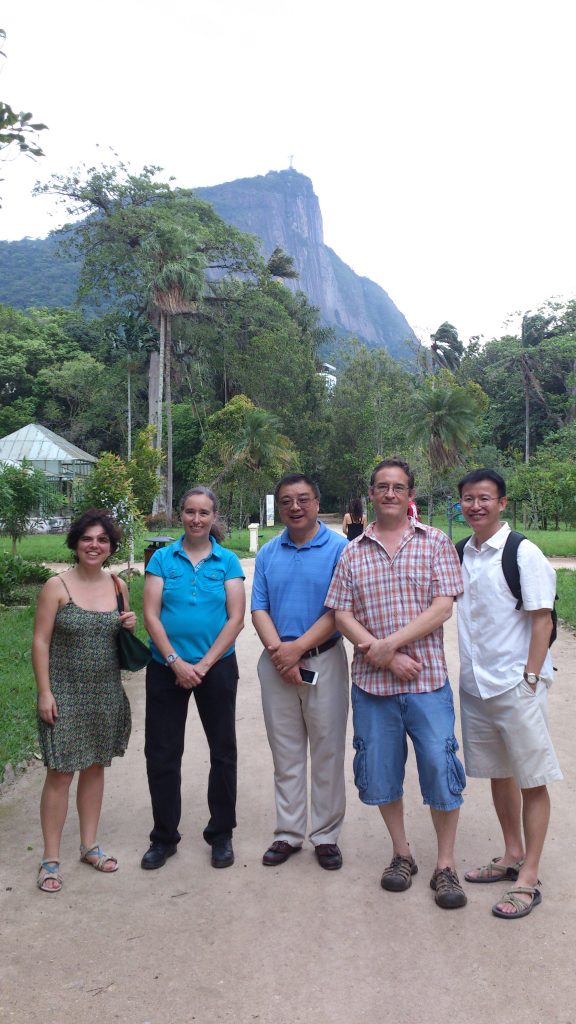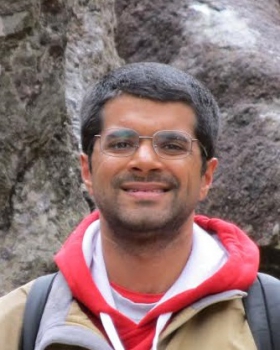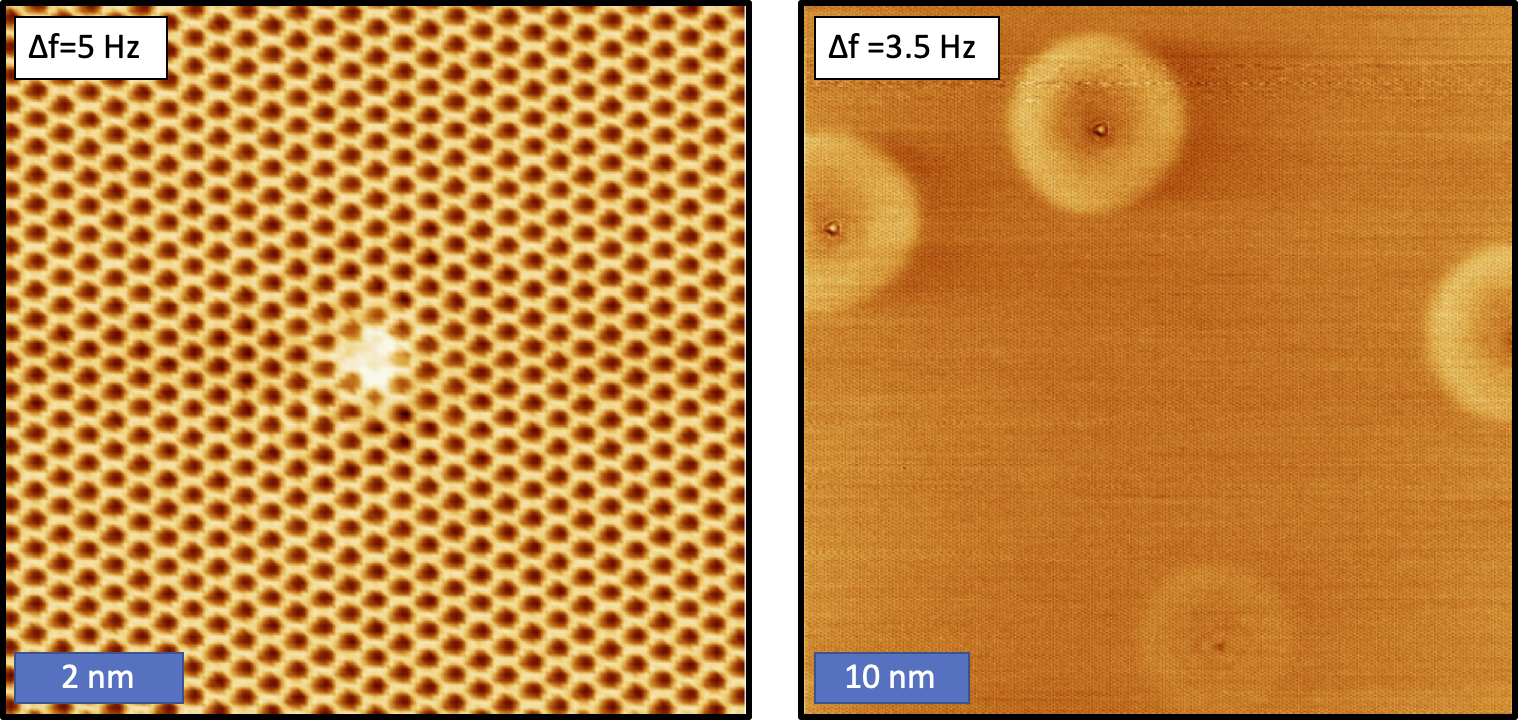This past winter, Katie Harrison, then a junior physics major at UW–Madison, started thinking about which areas of physics she was interested in studying more in-depth.
“Physics is in general so broad, saying you want to research physics doesn’t really cut it,” Harrison says.
She thought about which classes she enjoyed the most and talked to other students and professors to help figure out what she might focus on. Quantum mechanics was high on her list. During her search for additional learning opportunities, she saw the email about the Open Quantum Initiative (OQI), a new fellowship program run by the Chicago Quantum Exchange (CQE).
“This could be something I’m interested in, right?” Harrison thought. “I’ll apply and see what happens.”
What happened was that Harrison was one of 12 undergraduate students accepted into the inaugural class of OQI Fellows. These students were paired with mentors at CQE member institutions, where they conducted research in quantum science information and engineering. OQI has a goal of connecting students with leaders in academia and industry and increasing their awareness of quantum career opportunities. The ten-week Fellowship ran through August 19.
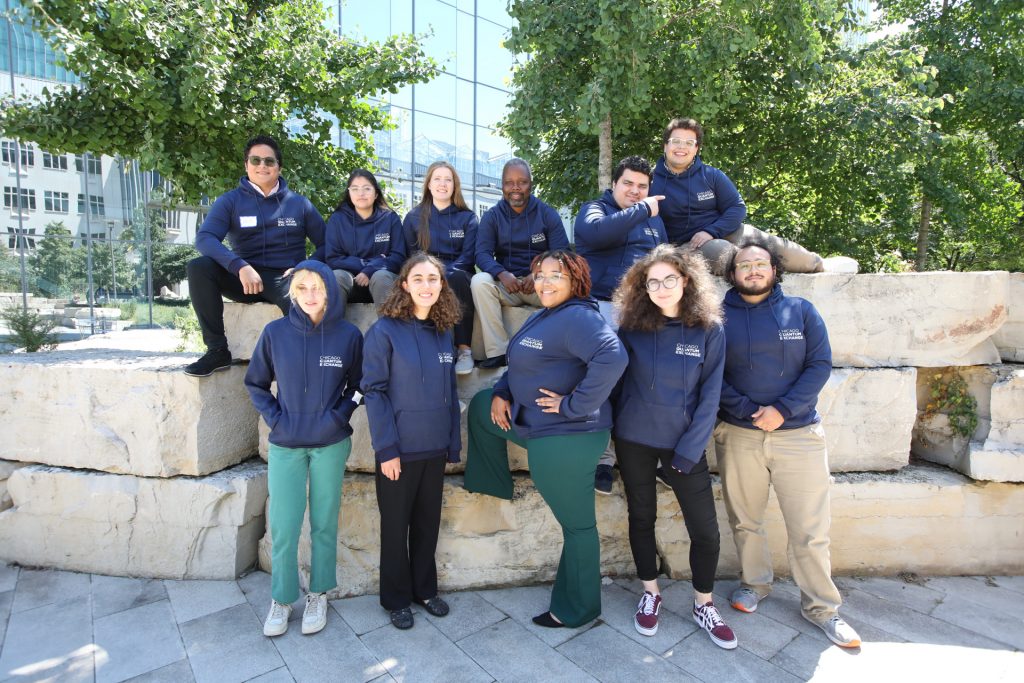
OQI also places an emphasis on establishing diversity, equity, and inclusion as priorities central to the development of the quantum ecosystem. Almost 70% of this year’s fellowship students are Hispanic, Latino, or Black, and half are the first in their family to go to college. In addition, while the field of quantum science and engineering is generally majority-male, the 2022 cohort is half female.
This summer, UW–Madison and the Wisconsin Quantum Institute hosted two students: Harrison with physics professor Baha Balantekin and postdoc Pooja Siwach; and MIT physics and electrical engineering major Kate Arutyunova with engineering physics professor Jennifer Choy, postdoc Maryam Zahedian and graduate student Ricardo Vidrio.
Harrison and Arutyunova met at OQI orientation at IBM’s quantum research lab in New York, and they hit it off immediately. (“We have the most matching energies (of the fellows),” Arutyunova says, with Harrison adding, “The synergy is real.”)
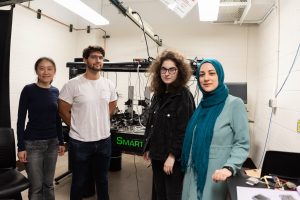
Despite their very different research projects — Harrison’s was theoretical and strongly focused on physics, whereas Arutyunova’s was experimental and with an engineering focus — they leaned on each other throughout the summer in Madison. They met at Union South nearly every morning at 7am to read and bounce ideas off each other. Then, after a full day with their respective research groups, they’d head back to Union South until it closed.
Modeling neutrino oscillations
Harrison’s research with Balantekin and Siwach investigated the neutrinos that escape collapsing supernovae cores. Neutrinos have a neutral charge and are relatively small particles, they make it out of cores without interacting with much — and therefore without changing much — so studying them helps physicists understand what is happening inside those stars. However, this is a difficult task because neutrinos oscillate between flavors, or different energy levels, and therefore require a lot of time and resources to calculate on a classical computer.
Harrison’s project, then, was to investigate two types of quantum computing methods, pulse vs circuit based, and determine if one might better fit their problem than the other. Previous studies suggest that pulsed based is likely to be better, but circuit based involves less complicated input calculations.
“I’ve been doing calibrations and calculating the frequencies of the pulses we’ll need to send to our qubits in order to get data that’s as accurate as a classical computer,” Harrison says. “I’m working with the circuit space, the mathematical versions of them, and then I’ll send my work to IBM’s quantum computers and they’ll calculate it and give results back.”
While she didn’t fully complete the project, she did make significant progress.
“(Katie) is very enthusiastic and she has gone a lot further than one would have expected an average undergraduate could have,” Balantekin says. “She started an interesting project, she started getting interesting results. But we are nowhere near the completion of the project, so she will continue working with us next academic year, and hopefully we’ll get interesting results.”
Developing better quantum sensors
Over on the engineering side of campus, Arutyunova was studying different ways to introduce nitrogen vacancy (NV) centers in diamonds. These atomic-scale defects are useful in quantum sensing and have applications in magnetometry. Previous work in Choy’s group made the NV centers by a method known as nitrogen ion beam implantation. Arutyunova’s project was to compare how a different method, electron beam irradiation, formed the NV centers under different starting nitrogen concentrations in diamond.
Briefly, she would mark an edge of a very tiny (2 x 2 x 0.5 millimeter), nitrogen-containing diamond, and irradiate the sample with a scanning electron microscope. She used confocal microscopy to record the initial distribution of NV centers, then moved the sample to the annealing step, where the diamond is heated up to 1200 celsius in a vacuum annealing furnace. The diamonds are then acid washed and reexamined with the confocal microscope to see if additional NV centers are formed.
“It’s a challenging process as it requires precise coordinate-by-coordinate calculation for exposed areas and extensive knowledge of how to use the scanning electron microscope,” says Arutyunova, who will go back to MIT after the fellowship wraps. “I think I laid down a good foundation for future steps so that the work can be continued in my group.”
Choy adds:
Kate made significant strides in her project and her work has put us on a great path for our continued investigation into effective ways of generating color centers in diamond. In addition to her research contributions, our group has really enjoyed and benefited from her enthusiasm and collaborative spirit. It’s wonderful to see the relationships that Kate has forged with the rest of the group and in particular her mentors, Maryam and Ricardo. We look forward to keeping in touch with Kate on matters related to the project as well as her academic journey.
Beyond the summer fellowship
Both Harrison and Arutyunova think that this experience has drawn them to the graduate school track, likely with a focus on quantum science. More importantly, it has helped them both to learn what they like about research.
“I would prefer to work on a problem and see the final output rather than a question where I do not have an idea of the application,” Arutyunova says. “And I realized how much I like to collaborate with people, exchange ideas, propose something, and listen to people and what they think about research.”
They also offer similar advice to other undergraduate students who are interested in research: do it, and start early.
“No matter when you start, you’re going to start knowing nothing,” Harrison says. “And if you start sooner, even though it’s scary and you feel like you know even less, you have more time to learn, which is amazing. And get in a research group where they really want you to learn.”
